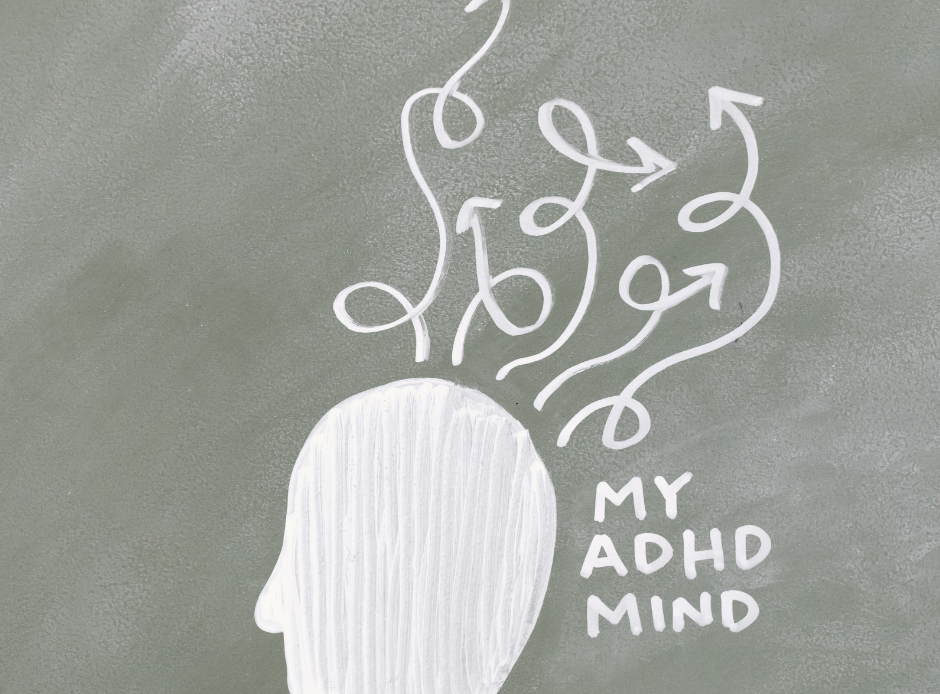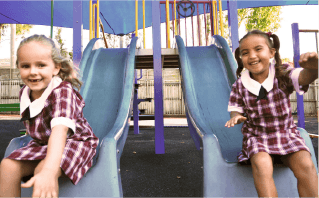
Parenting a child with ADHD? Keep reading. This article will help you understand you child ADHD brain so you can understand and parent better.
Imagine waking up every morning with excitement and uncertainty, knowing that the day ahead might hold both incredible moments of joy and unexpected challenges. This is the reality for parents of children with ADHD.
Your child’s mornings start with a burst of energy, like a whirlwind of enthusiasm racing through the house. Keeping them focused on everyday tasks can feel like a marathon of redirection and gentle reminders.
At school, your child may struggle with sitting still, following instructions, and staying on task. Homework time can be a rollercoaster ride of emotions, and in social situations, their exuberance may overshadow social norms.
As a parent, you embrace your child’s uniqueness, celebrating their vibrant spirit and creativity. Still, you also worry about their challenges and seek the best ways to support them on their journey.
In this article, we’ll explore the unique ADHD brain of your child, shedding light on key brain regions and effective strategies to support them. Join us on a personal and empathetic exploration to better understand your child’s ADHD and enhance their potential.
Understanding ADHD and Your Child’s Brain
ADHD is a condition that affects the brains of children and adolescents, leading to differences in both structure and function compared to neurotypical brains. As parents, it’s crucial to grasp the neuroanatomy of ADHD to better support and guide your child through their journey. In this article, we’ll explore the critical brain regions affected by ADHD and the role of neurotransmitters in their behaviour. This knowledge can help you better understand your child’s challenges and discover ways to help them thrive.
ADHD Brain Structure: The Key Brain Regions
The Frontal Lobe
The frontal lobe is the largest part of the brain and plays a vital role in the “executive control network.” It is responsible for crucial functions such as focus, planning, decision-making, and impulse control. Additionally, motivation is centred here.
- What’s different in ADHD brains: In children with ADHD, the parts of the prefrontal cortex responsible for attention and executive functions may be thinner or underdeveloped. This can lead to difficulties in working memory, planning, and organization.
The Basal Ganglia
Located in the centre of the brain, the basal ganglia facilitate connections between different brain regions, helping them work together effectively.
- What’s different in ADHD brains: Children with ADHD may have less grey matter in the basal ganglia than neurotypical children. However, this difference tends to fill in as they age, leading to fewer hyperactive-impulsive symptoms.
The Limbic System
The limbic system, found mid-brain, regulates emotional responses and core survival behaviours.
- What’s different in ADHD brains: Children with ADHD may experience diminished white matter integrity in the limbic system, affecting learning, memory, and emotional regulation.
The Corpus Callosum
Also known as “white matter,” the corpus callosum is the communication network between the brain’s left and right hemispheres.
- What’s different in ADHD brains: Kids with ADHD may have structural abnormalities in the white matter part of the brain. These differences may persist even as they grow older, and some children with ADHD may continue to experience symptoms into adulthood.
The Default Mode Network (DMN)
The DMN is active when the mind is at rest, generating daydreams, self-referential thoughts, and inward-looking thoughts. It works in opposition to brain regions responsible for focus and problem-solving.
- What’s different in ADHD brains: Children with ADHD struggle to “turn off” the medial frontal cortex when engaging in tasks that require focus and working memory. This makes it challenging for them to stop daydreaming when trying to concentrate on essential tasks.
Beyond the neuroanatomy, we’ll also explore the role of neurotransmitters dopamine and norepinephrine in your child’s behaviour. By understanding the intricate interplay of these chemical messengers, you can gain insights into their motivation, attention, and emotional regulation.
The Role of Neurotransmitters in a ADHD Brain: Dopamine and Norepinephrine
Neurotransmitters are chemical messengers in the brain responsible for transmitting messages between nerve cells. In ADHD, two neurotransmitters, dopamine and norepinephrine, play a significant role in their behaviour.
Dopamine: Often referred to as the “reward-seeking neurotransmitter,” dopamine is essential for motivation, focus, and planning.
- What’s different in ADHD brains: Children with ADHD may have disruptions in dopamine pathways. This can result in less pleasure and reward from activities that neurotypical children enjoy. Additionally, ADHD has been linked to an abnormality in the dopamine receptor gene, leading to fewer dopamine receptors in the brain.
Norepinephrine: This neurotransmitter and hormone help transmit nerve signals and are involved in the body’s “fight or flight” response.
- What’s different in ADHD brains: Some children with ADHD may have variants in the norepinephrine transporter gene, leading to behaviour problems and poor attention.
Understanding the Risks and Seeking Solutions
As parents of children with ADHD, it’s essential to be aware of the risks associated with untreated ADHD. Children with ADHD may be more prone to accidents due to distractions and inattention. They may also have a higher risk of developing addictions and engaging in risky behaviours. Moreover, it’s essential to recognize the impact of ADHD on decision-making and parenting attitudes.
Seeking appropriate treatment solutions and adopting a supportive and understanding approach can help your child navigate the challenges of ADHD. Stay tuned for our next article, where we’ll explore a neurodivergent-affirmative perspective, focusing on the potential benefits of ADHD. Remember, with the proper guidance and support; your child can thrive and reach their full potential.
Parenting a child with ADHD is a testament to your resilience, empathy, and boundless love. As you continue to learn about the intricacies of your ADHD brain, remember that you are not alone on this path. Together, we can navigate the challenges and celebrate the triumphs, creating a nurturing environment where your child can flourish and embrace their unique gifts.
Is your child also struggling with anxiety? Check this out for the best resource.
Related Articles
How to Give Your Child with Dyslexia their Best Chance of Success




